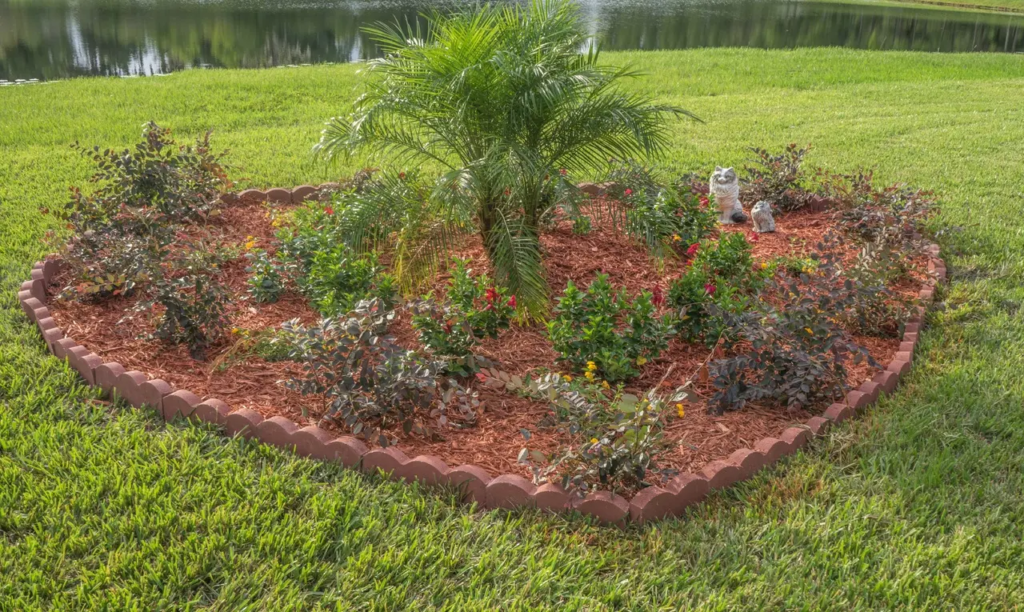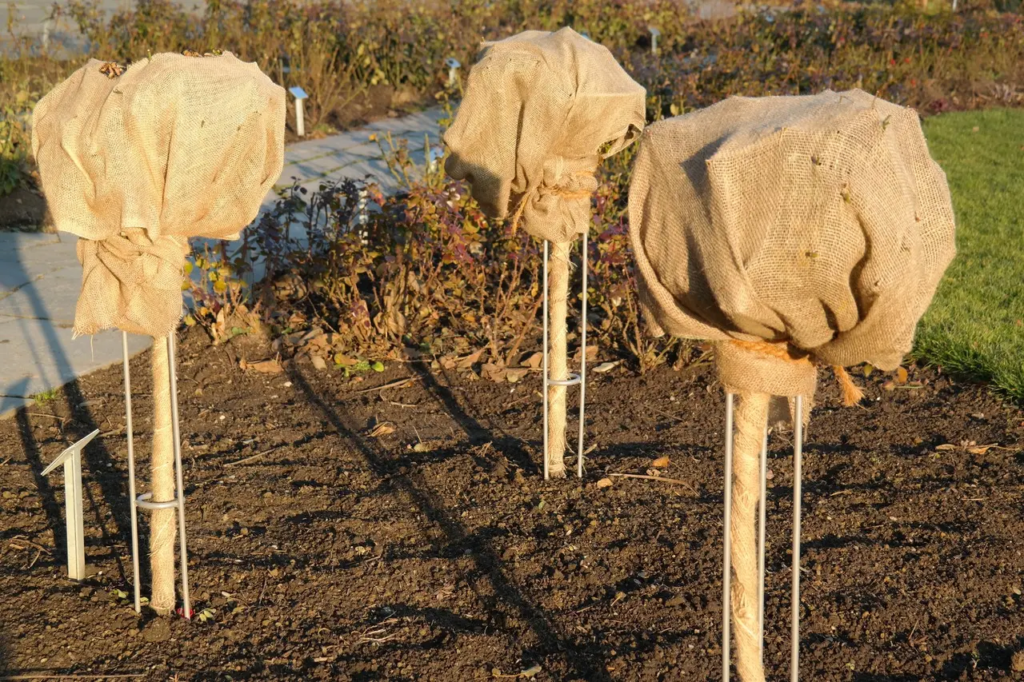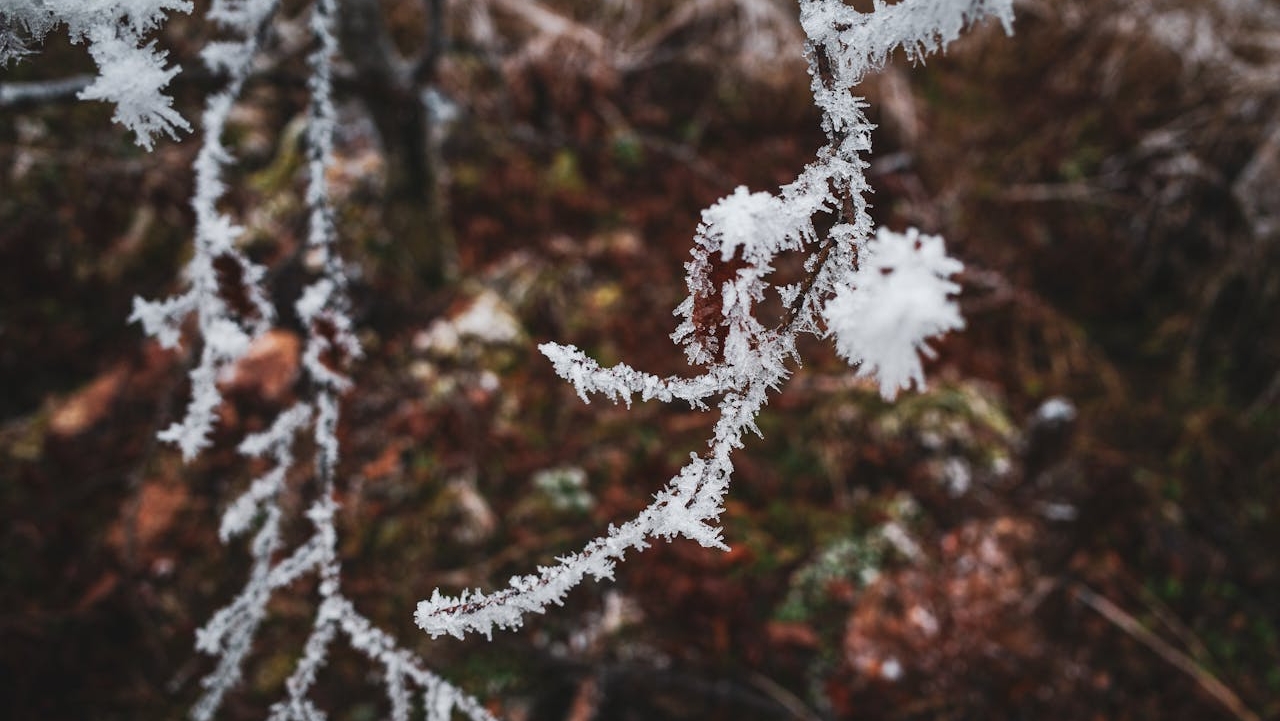As temperatures drop, it’s essential to protect your plants from early frost. Young and tender plants are particularly vulnerable and can be devastated by sudden cold snaps. Here are several effective methods to safeguard your garden and ensure your plants thrive through the winter months.
Table of Contents

Preparing Your Garden for Winter
Understanding Frost Vulnerability
What Plants Need Protection?
Certain types of plants are more susceptible to frost damage, including:
- Young seedlings and new growth
- Tender perennials
- Half-hardy varieties
- Newly planted shrubs and trees
- Plants with high water content, such as succulents
Native Calgary Plants Needing Frost Protection
1. Saskatoon Berry (Amelanchier alnifolia)
- Young shrubs and new growth may be vulnerable to frost damage.
2. Wild Bergamot (Monarda fistulosa)
- Early growth can be sensitive to frost, requiring protection to ensure healthy blooming.
3. Prairie Coneflower (Ratibida columnifera)
- Seedlings and young plants are more susceptible to frost damage.
4. Blanket Flower (Gaillardia aristata)
- While hardy, young plants and new shoots can be damaged by unexpected frosts.
5. Goldenrod (Solidago canadensis)
- Early spring growth should be protected from late frosts.
6. Blue-eyed Grass (Sisyrinchium montanum)
- Young plants and early growth stages are particularly vulnerable.
Signs of early frost damage can include blackened, distorted, or limp growth, and evergreen plants may show leaves turning green. If unsure, research the hardiness of your plants and err on the side of caution.
In Calgary’s climate, certain native plants can be susceptible to early frost and may require protection. Here are some native plants that need special attention when frost is imminent:
Beneficial Frost for Some Crops
Interestingly, some vegetable crops can benefit from a light frost. For example, kale and other frost-tolerant vegetables can improve in taste after exposure to cold weather. If you live in a colder zone, consider learning how to cultivate these hardy crops.
Methods to Protect Plants from Early Frost
Whether your plants are in the ground, raised beds, or containers, there are several ways to protect them from early frost. Here are eight effective methods to safeguard your garden this winter.
1. Bring Potted Plants Indoors
One of the simplest methods is to move potted plants indoors. Plants in containers are more susceptible to early frost damage since they lack the insulation provided by the ground. Use spaces like conservatories, garden rooms, garages, porches, or frost-free greenhouses to overwinter these plants. Ensure the area isn’t too warm, which can also harm the plants.1
2. Apply Mulch to Garden Beds

Adding a layer of mulch, such as chipped bark or straw, around borderline-hardy plants can protect their roots. Expert Sarah Raven advises using dry mulch to safeguard plants like agapanthus, phygelius, hedychium, and melianthus. Leaf mold or piles of leaves can also provide additional insulation.2
3. Cover Plants with Fleece

For larger garden plants and shrubs, covering them with horticultural fleece or blankets can offer significant protection. Create a tent-like structure using stakes and your chosen covering material, securing it to prevent it from blowing away. Remove these covers during the day to let the plants breathe.3
4. Position Plants in Sheltered Spots

Planting tender plants in sheltered locations, such as near south or west-facing walls, can help them absorb and retain heat. Sheltered spots also include areas next to fences, under large evergreen trees, or within protected patio or courtyard spaces. Avoid placing early-flowering plants where they might thaw rapidly in morning sun, as this can cause bud drop.
5. Lift and Store Tender or Young Perennials
For tender perennials, lifting and storing their roots, bulbs, tubers, and corms in a cool but frost-free place can be effective. A potting shed or greenhouse works well for this purpose. This method is suitable for plants like dahlias and begonias.4
6. Protect Tender Plants Using a Cloche

Using a cloche is an excellent strategy to safeguard your vegetable patch from early frost. These bell-shaped covers, made from either glass or plastic, can be placed over your plants to offer effective protection. You can purchase ready-made cloches or create your own using recycled materials. Cloches are particularly beneficial for young vegetables sown in the fall, such as fava beans, spinach, scallions, and asparagus. Remember to remove the cloches during the day to ensure the plants receive adequate sunlight.5
7. Move Plants to a Cold Frame
For young hardy annuals planted in the fall, a cold frame can provide essential protection during the winter months. Ensure good ventilation on warmer days to prevent overheating. Cold frames can be purchased or easily assembled by bending thin metal rods into loops and covering them with a clear plastic sheet. This method will help protect your plants from frost while allowing them to thrive.6
8. Water Plants in the Morning
Watering plants in the morning during winter can support any protective measures you take. Wet soil absorbs heat during the day and has an insulating effect, which can help protect your plants from early frost.7
Additional Tips and Resources
Research and Preparation
It’s always wise to research the specific needs of your plants and prepare accordingly. Knowing which plants in your garden need extra care during frost periods can save you from losing your beloved flora.
Utilizing Technology
Consider using modern solutions like frost alarms or smart gardening apps to stay informed about sudden temperature changes. These tools can alert you when it’s time to take action to protect your plants.
For more detailed information and personalized advice, visit our website at begreenlawncare.ca. We provide comprehensive guides and resources to help you maintain a healthy and vibrant garden throughout the year.
Citations
- “Bring Potted Plants Indoors”: Consider spaces like conservatories, garden rooms, garages, or frost-free greenhouses. Gardeners World, “How to Protect Your Plants from Frost” ↩︎
- “Apply Mulch to Garden Beds”: Use dry mulch or leaf mold to insulate plants. Sarah Raven, “Protecting Plants from Frost” ↩︎
- “Cover Plants with Fleece”: Create tent-like structures for larger garden plants and shrubs. RHS, “How to Protect Plants from Frost” ↩︎
- “Lift and Store Tender or Young Perennials”: Store roots, bulbs, tubers, and corms in a frost-free place. Gardener’s Supply Company, “Frost Protection for Plants” ↩︎
- “Protect Tender Plants with a Cloche”: Use cloches to protect young vegetables in fall. Steve F, CC BY-SA 2.0 , via Wikimedia Commons ↩︎
- “Move Plants into a Cold Frame”: Cold frames can provide essential protection during winter months. Gardeners World, “Protecting Plants from Frost” ↩︎
- “Water Plants in the Morning”: Wet soil absorbs heat and provides insulation. RHS, “How to Protect Plants from Frost” ↩︎



